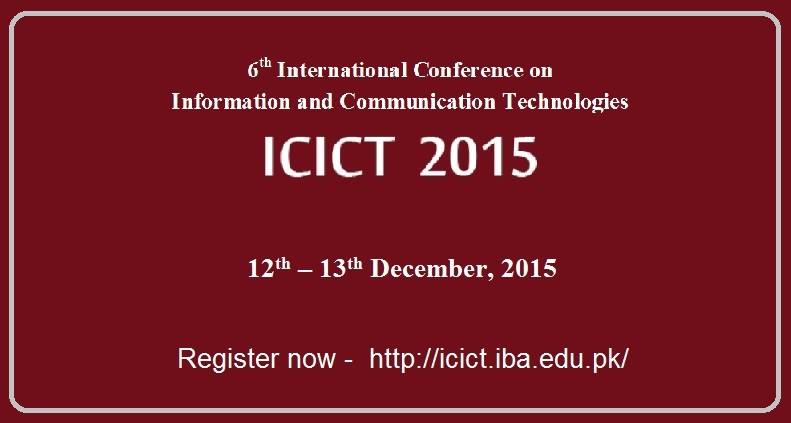Technical Papers Parallel Session-IV: Analysis of the Markov chain denoising filter dispersion parameter
Abstract/Description
Stochastic techniques have been widely employed to improve the quality of noisy images. This research paper analyzes the dispersion parameter of the Fokker Plank equation (Kolmogorov Forward equation), which forms the bases to build a transition probability matrix. The empirical results depict that besides being dependent on an image this parameter also depends on the type of noise. Processing time is a key factor in real time utility of an algorithm. In a number of situations we try to find a tradeoff between low processing time and complexity of an algorithm. Markov image enhancement technique provides a comparatively low processing time and acceptable signal to noise ratio solution for real time applications. The performance of Markov denoising technique could be further enhanced through optimization of this parameter.
Keywords
Denoising, Markov chain, Transition, Fokker Plank equation, Diffusion, Noise
Location
C-9, AMAN CED
Session Theme
Technical Papers Parallel Session-IV (Algorithms)
Session Type
Parallel Technical Session
Session Chair
Dr. Sajjad Haider Zaidi
Start Date
13-12-2015 3:50 PM
End Date
13-12-2015 4:10 PM
Recommended Citation
Uddin, N., & Ghani, S. (2015). Technical Papers Parallel Session-IV: Analysis of the Markov chain denoising filter dispersion parameter. International Conference on Information and Communication Technologies. Retrieved from https://ir.iba.edu.pk/icict/2015/2015/23
COinS
Technical Papers Parallel Session-IV: Analysis of the Markov chain denoising filter dispersion parameter
C-9, AMAN CED
Stochastic techniques have been widely employed to improve the quality of noisy images. This research paper analyzes the dispersion parameter of the Fokker Plank equation (Kolmogorov Forward equation), which forms the bases to build a transition probability matrix. The empirical results depict that besides being dependent on an image this parameter also depends on the type of noise. Processing time is a key factor in real time utility of an algorithm. In a number of situations we try to find a tradeoff between low processing time and complexity of an algorithm. Markov image enhancement technique provides a comparatively low processing time and acceptable signal to noise ratio solution for real time applications. The performance of Markov denoising technique could be further enhanced through optimization of this parameter.


